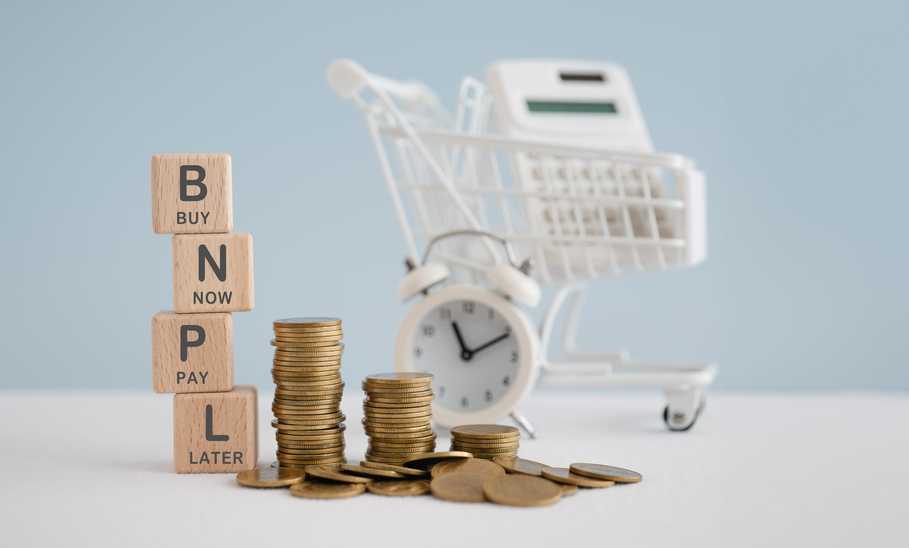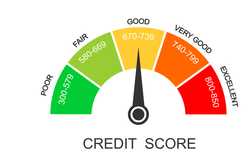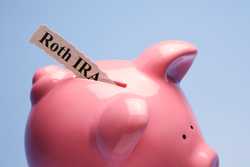Buy Now, Pay Later Borrowers Beware: Your Chase Card Won’t Fit the Bill


Our evaluations and opinions are not influenced by our advertising relationships, but we may earn a commission from our partners’ links. This content is created by TIME Stamped, under TIME’s direction and produced in accordance with TIME’s editorial guidelines and overseen by TIME’s editorial staff. Learn more about it.
If you’ve made a “Buy Now, Pay Later” (BNPL) purchase recently, you may need to change your payment method. JPMorgan Chase, the largest credit card issuer in the U.S., recently announced it’s prohibiting customers from using their cards to repay BNPL installment loans. The change will go into effect on Oct. 10, 2024, after which all BNPL payments will be declined.
Chase is likely banning third-party BNPL payments for a few reasons. First, the Consumer Financial Protection Bureau (CFPB), the U.S. governmental agency that enforces consumer financial laws, recently introduced interpretative guidance suggesting that BNPL lenders may be subject to some of the same regulations as credit card issuers in the future.
Additionally, credit card delinquencies in the U.S. have been on an upward trend since 2014. Chase could be moving to protect itself and its customers as more consumers struggle to manage their debt. Further, Chase also offers its own BNPL solution for its credit card customers—Pay Over Time.
Chase isn’t the first credit card issuer to ban BNPL payments. Capital One prohibited its cardholders from repaying BNPL loans in 2020. And if the CFPB extends some credit card regulations to these services, other card issuers will likely follow suit.
BNPL services have become increasingly popular, as they provide a convenient way for consumers to access short-term financing. A CFPB report examined five popular services, Affirm, Afterpay, Klarna, PayPal, and Zip. These services reported a 970% increase in loan originations from 2019 to 2021.
Many have partnered with online retailers, providing a BNPL option at checkout. BNPLs don’t require a credit check and offer interest-free payments, provided you pay in four installments. After that, your rate could be as high as 30%, higher than some credit card APRs. Hefty late payment fees could also apply.
While BNPL might be convenient, it’s not without risks. The CFPB maintains that “Buy Now, Pay Later is engineered to encourage consumers to purchase more and borrow more. As a result, borrowers can easily end up taking out several loans within a short time frame… which may have effects on other debts.”
The CFPB also voices concerns about limited consumer protections for BNPL loans and BNPL lenders mining consumer data. The lack of credit checks are also a concern, as these services may have no insight into a borrower’s ability to repay their debts. This could easily lead to overextension.
If you’ve been using your Chase card to repay a BNPL loan, you’ll need to change your payment method before Oct. 10, 2024. Transferring the BNPL payment to another credit card could put you at risk of incurring high interest charges, so consider repaying it from your checking account, if possible. Otherwise, you could end up in an even worse financial position.
Recent regulatory moves by the CFPB and rising credit card delinquencies have likely contributed to Chase’s decision to ban BNPL payments on its cards. But the company’s decision could also push more customers towards its Pay Over Time feature, which might be great for business.
Chase isn’t the first card issuer to prohibit BNPL payments—Capital One did so in 2020. Whether others will follow as BNPL services come under increasing CFPB scrutiny remains to be seen.
The information presented here is created by TIME Stamped and overseen by TIME editorial staff. To learn more, see our About Us page.



